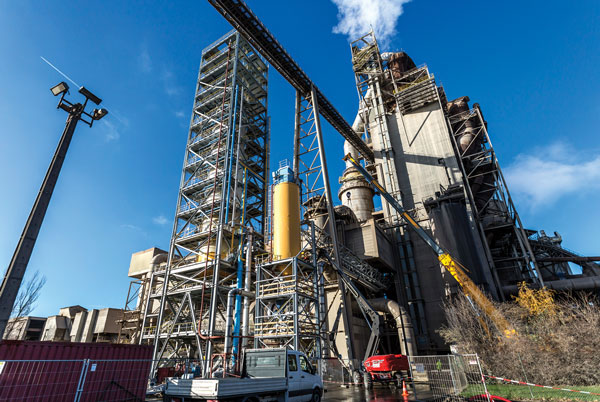Paths to decarbonisation
Heidelberg Materials and Holcim, Europe’s two largest cement producers by revenue, have embarked on very different paths to reduce their carbon footprints to net zero by 2050. While Heidelberg Materials aims to pioneer carbon capture, utilisation and storage (CCUS) in the cement industry, Holcim is primarily reducing its exposure to the cement sector by half by 2025 via product diversification and asset disposals.

Heidelberg Materials’ decarbonisation drive focusses on carbon capture projects such as
at its Brevik plant in Norway and the LEILAC project at Lixhe, Belgium (pictured)
As climate legislation increasingly focusses on carbon-intensive industries, cement companies throughout the world are actively reducing carbon emissions, using a range of pathways to achieve net-zero carbon emissions by 2050 or earlier. The majority of carbon emissions in the cement industry are expected to be reduced by the implementation of innovative technologies such as carbon capture and the reduction of the clinker-to-cement ratio, leading to the launch of lower-carbon cements as producers diversify their product ranges. Some scope remains for fuel switching and thermal energy efficiency, but their share in future CO2 emissions is limited.

